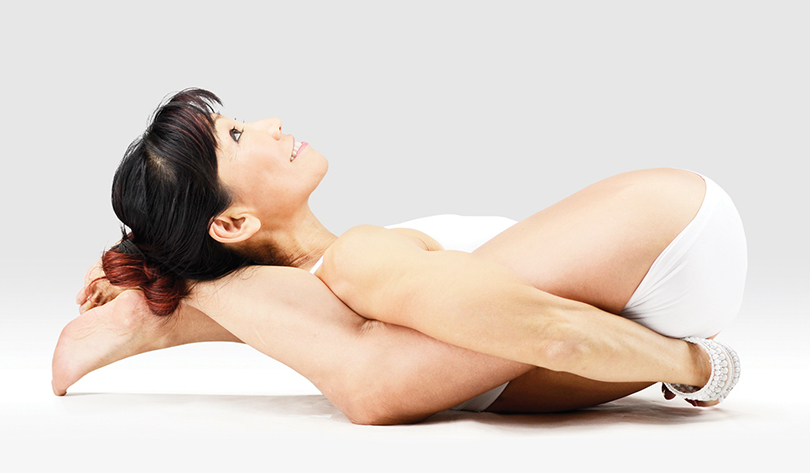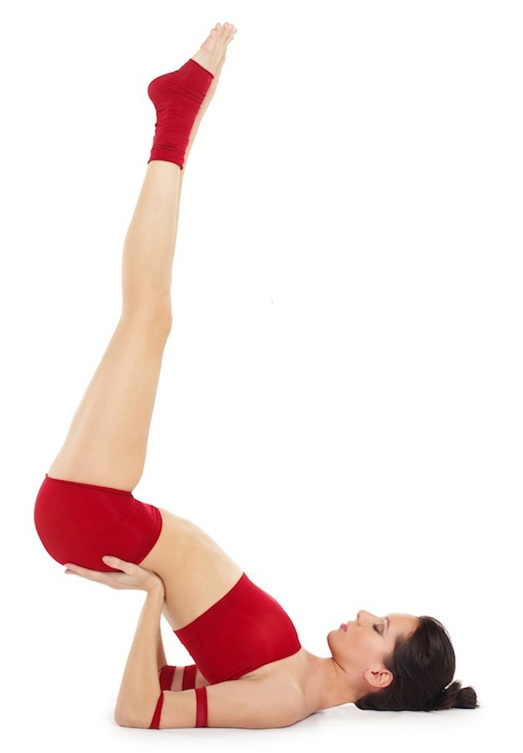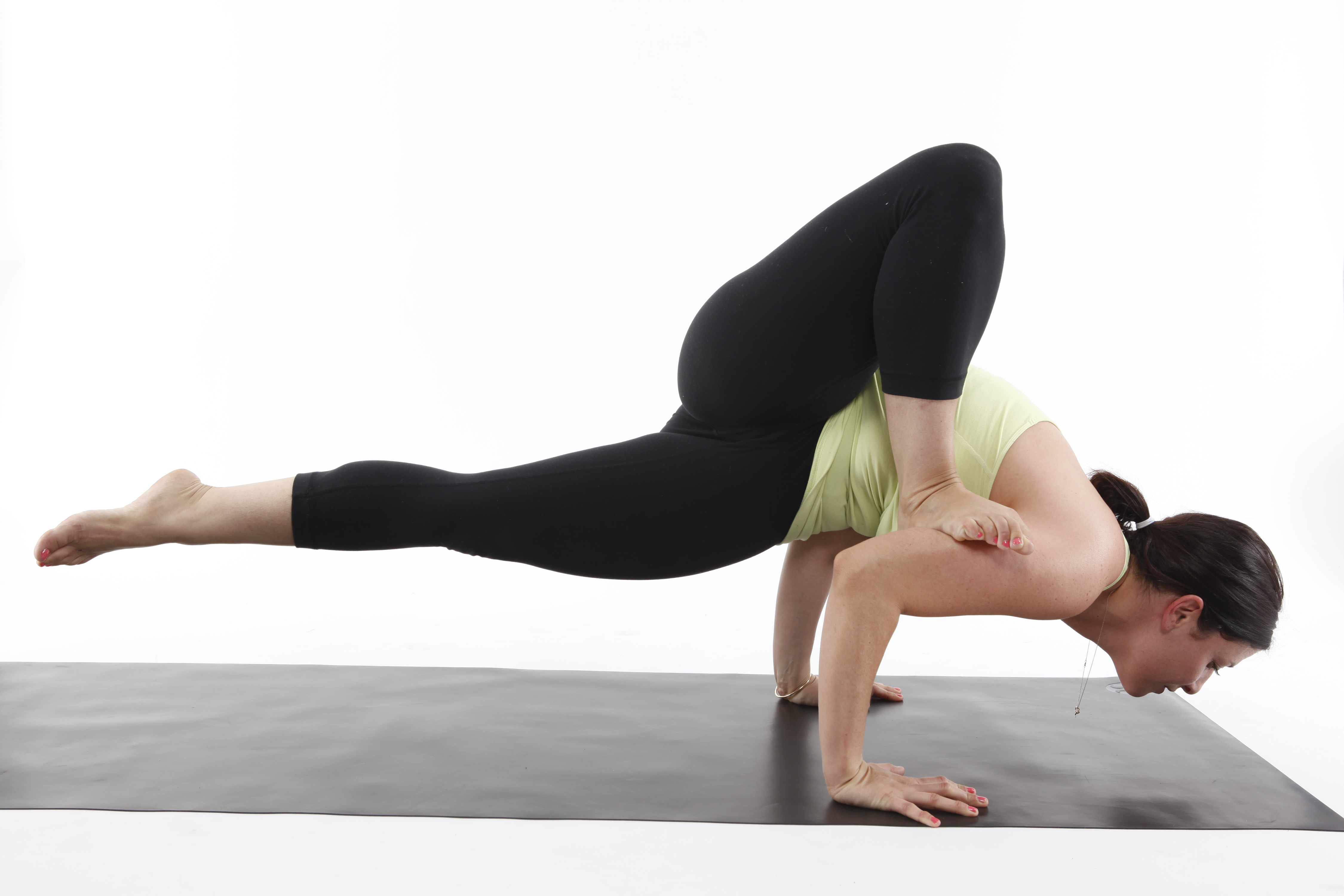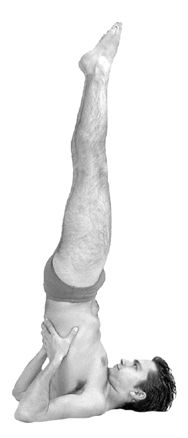|
Shirshasana
Shirshasana (Sanskrit: शीर्षासन, IAST: śīrṣāsana) Salamba Shirshasana, or Yoga Headstand is an inverted asana in modern yoga as exercise; it was described as both an asana and a mudra in classical hatha yoga, under different names. It has been called the king of all asanas. Its many variations can be combined into Mandalasana, in which the legs are progressively swept from one variation to the next in a full circle around the body. Etymology and origins The name Salamba Shirshasana comes from the Sanskrit words सालम्ब ''Sālamba'' meaning "supported", शीर्ष, ''Śīrṣa'' meaning "head", and आसन, ''Āsana'' meaning "posture" or "seat". The name ''Śīrṣāsana'' is relatively recent; the pose itself is much older, but had other names and purposes. Like other inversions, it was practised as Viparita Karani, described as a mudra in the 15th century ''Hatha Yoga Pradipika'' and other classical texts on haṭha yoga. Viparita Karani, ... [...More Info...] [...Related Items...] OR: [Wikipedia] [Google] [Baidu] |
List Of Asanas
An asana is a body posture, used in both medieval hatha yoga and modern yoga. The term is derived from the Sanskrit word for 'seat'. While many of the oldest mentioned asanas are indeed seated postures for meditation, asanas may be standing, seated, arm-balances, twists, inversions, forward bends, backbends, or reclining in prone or supine positions. The asanas have been given a variety of English names by competing schools of yoga. The traditional number of asanas is the symbolic 84, but different texts identify different selections, sometimes listing their names without describing them. Some names have been given to different asanas over the centuries, and some asanas have been known by a variety of names, making tracing and the assignment of dates difficult. For example, the name Muktasana is now given to a variant of Siddhasana with one foot in front of the other, but has also been used for Siddhasana and other cross-legged meditation poses. As another example, the headstand ... [...More Info...] [...Related Items...] OR: [Wikipedia] [Google] [Baidu] |
Headstand
The headstand, or sometimes head stand, is a pose that is an inversion posture of standing head down. The technique is used in different settings such as yoga, breakdancing, acrobatics and beginner gymnastics. Health risks If the headstand is not done perfectly, the performer is likely to suffer head injury from standing on the head. In yoga The yoga headstand, Shirshasana, may be balanced and symmetrical from all perspectives, even though not always in a legs-vertical position. The asana has many variations, several of them asymmetrical. File:Shirshasana.jpg, Yoga headstand, Shirshasana File:Unkown Headstand 1.jpg, alt=Unknown Headstand 1, With feet as in Baddha Konasana File:Mr-yoga-sideways-bound-angle-headstand-1.jpg, A variation See also * handstand __NOTOC__ A handstand is the act of supporting the body in a stable, inverted vertical position by balancing on the hands. In a basic handstand, the body is held straight with arms and legs fully extended, with hands sp ... [...More Info...] [...Related Items...] OR: [Wikipedia] [Google] [Baidu] |
Yogasopana Purvacatuska
The ''Yogasopana Purvacatuska'' (Marathi: योगसोपान पूर्वचतुष्क (in Devanagari script)) or ''Stairway to Yoga'' is a 1905 book in Marathi on hatha yoga by Yogi Narayana Ghamande. It describes and illustrates 37 asanas including Matsyendrasana and Sarvangasana, along with mudras such as Viparita Karani. It was the first and probably the only textbook on yoga to be illustrated with halftone plates. It was influential as the first illustrated yoga textbook to be printed. The book was transitional in several ways: from traditional secrecy to public access to hatha yoga's practices; from symbolic to naturalistic representation of the yoga body, its halftone engravings forming a halfway house between painting and photography; and from spiritual description to art. A transitional book The yoga scholar Mark Singleton observes that the publication of ''Yogasopana'' was in several ways a "key transitional moment" from medieval hatha yoga to modern yoga ... [...More Info...] [...Related Items...] OR: [Wikipedia] [Google] [Baidu] |
Dvi Pada Sirsasana
Yoganidrasana, ( sa, योगनिद्रासन) or Yogic Sleep Pose is a reclining forward-bending asana in modern yoga as exercise. It is sometimes called Supta Garbhasana (Reclining Embryo Pose). The name Dvi Pada Sirsasana is given to the balancing form of the pose. In hatha yoga, the pose was used in Pasini Mudra, the noose mudra, a seal to prevent the escape of prana; it was not an asana. Etymology and origins as a mudra The name of this pose comes from योग ''yoga'' meaning "uniting", निद्र ''nidra'' meaning "sleep", and आसन ''āsana'' meaning "posture" or "seat". The asana's name derives from the yogic sleep mentioned in the Hindu epic ''Mahabharata'': Yoganidrasana is described in the 17th century '' Haṭha Ratnāvalī'' 3.70. The pose is illustrated in an 18th century painting of the eight yoga chakras in Mysore. It is illustrated as "Pasini Mudra" (not an asana) in Theos Bernard's 1943 book '' Hatha Yoga: The Report of A Personal ... [...More Info...] [...Related Items...] OR: [Wikipedia] [Google] [Baidu] |
Viparita Karani
Viparita Karani ( sa, विपरीतकरणी; ) or legs up the wall pose is both an asana and a mudra in hatha yoga. In modern yoga as exercise, it is commonly a fully supported pose using a wall and sometimes a pile of blankets, where it is considered a restful practice. As a mudra it was practised using any preferred inversion, such as a headstand or shoulderstand. The purpose of the mudra was to reverse the downward flow of vital fluid being lost from the head, using gravity. Etymology and origins The name comes from the Sanskrit words विपरीत ''viparīta'', "inverted" or "reversed", and करणी ''karaṇī'', "a particular type of practice". The practice is described in the 13th century ''Vivekamārtaṇḍa'' (verses 103-131) as a means of yogic withdrawal, pratyahara. The pose was practised from the 17th century onwards in hatha yoga under names such as Narakasana, Kapalasana and Viparitakaranasana; its purpose as a mudra was to reverse the do ... [...More Info...] [...Related Items...] OR: [Wikipedia] [Google] [Baidu] |
Sanskrit
Sanskrit (; attributively , ; nominally , , ) is a classical language belonging to the Indo-Aryan branch of the Indo-European languages. It arose in South Asia after its predecessor languages had diffused there from the northwest in the late Bronze Age. Sanskrit is the sacred language of Hinduism, the language of classical Hindu philosophy, and of historical texts of Buddhism and Jainism. It was a link language in ancient and medieval South Asia, and upon transmission of Hindu and Buddhist culture to Southeast Asia, East Asia and Central Asia in the early medieval era, it became a language of religion and high culture, and of the political elites in some of these regions. As a result, Sanskrit had a lasting impact on the languages of South Asia, Southeast Asia and East Asia, especially in their formal and learned vocabularies. Sanskrit generally connotes several Old Indo-Aryan language varieties. The most archaic of these is the Vedic Sanskrit found in the Rig Veda, a colle ... [...More Info...] [...Related Items...] OR: [Wikipedia] [Google] [Baidu] |
Light On Yoga
''Light on Yoga: Yoga Dipika'' (Sanskrit: योग दीपिका, "Yoga Dīpikā") is a 1966 book on the Iyengar Yoga style of modern yoga as exercise by B. K. S. Iyengar, first published in English. It describes more than 200 yoga postures or asanas, and is illustrated with some 600 monochrome photographs of Iyengar demonstrating these. The book has been described as the 'bible of modern yoga', and its presentation of the asanas has been called "unprecedented" and "encyclopedic". It has been translated into at least 23 languages and has sold over three million copies. Context Yoga is a group of physical, mental, and spiritual practices from ancient India, forming one of the six orthodox schools of Hindu philosophical traditions. In the Western world, however, yoga is often taken to mean a modern form of medieval Hatha yoga, practised mainly for exercise, consisting largely of the postures called asanas. B. K. S. Iyengar (1918-2014) was born in a poor family ... [...More Info...] [...Related Items...] OR: [Wikipedia] [Google] [Baidu] |
Malla Purana
Malla-yuddha (Sanskrit: मल्लयुद्ध, ) is the traditional form of combat-wrestling originating in India. It is closely related to Southeast Asian wrestling styles such as naban and is one of the two ancestors of kushti. Indian wrestling is described in the 13th century ''Malla Purana''. Malla-yuddha incorporates wrestling, joint-breaking, punching, biting, choking and pressure point striking. Matches were traditionally codified into four types which progressed from purely sportive contests of strength to actual full-contact fights known as ''yuddha''. Due to the extreme violence, this final form is generally no longer practised. The second form, wherein the wrestlers attempt to lift each other off the ground for three seconds, still exists in south India. Additionally, malla-yuddha is divided into four categories (see below). Each yuddhan is named after Hindu gods and legendary fighters: * ''Hanumanti'' - concentrates on technical superiority. * ''Jambuvanti'' ... [...More Info...] [...Related Items...] OR: [Wikipedia] [Google] [Baidu] |
Yoga Journal
''Yoga Journal'' is a website and digital journal, formerly a print magazine, on yoga as exercise founded in California in 1975 with the goal of combining the essence of traditional yoga with scientific understanding. It has produced live events and materials such as DVDs on yoga and related subjects. The magazine grew from the California Yoga Teachers Association's newsletter, which was called ''The Word''. ''Yoga Journal'' has repeatedly won Western Publications Association's Maggie Awards for "Best Health and Fitness Magazine". It has however been criticized for representing yoga as being intended for affluent white women; in 2019 it attempted to remedy this by choosing a wider variety of yoga models. Beginnings ''Yoga Journal'' was started in May 1975 by the California Yoga Teachers Association (CYTA), with Rama Jyoti Vernon as President, William Staniger as the founding editor, and Judith Lasater on the board and serving as copy editor. Their goal was to combine "the ess ... [...More Info...] [...Related Items...] OR: [Wikipedia] [Google] [Baidu] |
Sarvangasana
Sarvangasana ( sa, सर्वाङ्गासन, translit=sarvāṅgāsana), Shoulder stand, or more fully Salamba Sarvangasana (Supported Shoulder stand), is an inverted asana in modern yoga as exercise; similar poses were used in medieval hatha yoga as a mudra. Many named variations exist, including with legs in lotus position and Supta Konasana with legs wide apart, toes on the ground. ''Sarvāṅgāsana'' has been nicknamed the "queen" or "mother" of all the asanas. Etymology and origins The name comes from the Sanskrit सालम्ब ''Salamba'', "supported", सर्वाङ्ग ''Sarvāṅga'', "all limbs", i.e. "the whole body", and आसन ''Āsana'', "posture"," position", or "seat". The name Sarvangasana is modern, but similar inverted poses were in use in medieval hatha yoga as a mudra, Viparita Karani, which is documented in the 14th century '' Śiva Saṃhitā'' 4.45-47, the 15th century ''Haṭha Yoga Pradīpikā'' 3.78-81, the 17th century ' ... [...More Info...] [...Related Items...] OR: [Wikipedia] [Google] [Baidu] |
Lotus Position
Lotus position or Padmasana ( sa, पद्मासन, translit=padmāsana) is a cross-legged sitting meditation pose from ancient India, in which each foot is placed on the opposite thigh. It is an ancient asana in yoga, predating hatha yoga, and is widely used for meditation in Hindu, Tantra, Jain, and Buddhist traditions. Variations include easy pose (Sukhasana), half lotus, bound lotus, and psychic union pose. Advanced variations of several other asanas including yoga headstand have the legs in lotus or half lotus. The pose can be uncomfortable for people not used to sitting on the floor, and attempts to force the legs into position can injure the knees. Shiva, the meditating ascetic God of Hinduism, Gautama Buddha, the founder of Buddhism, and the Tirthankaras in Jainism have been depicted in the lotus position, especially in statues. The pose is emblematic both of Buddhist meditation and of yoga, and as such has found a place in Western culture as a symbol of health ... [...More Info...] [...Related Items...] OR: [Wikipedia] [Google] [Baidu] |
.jpg)

.jpg)






